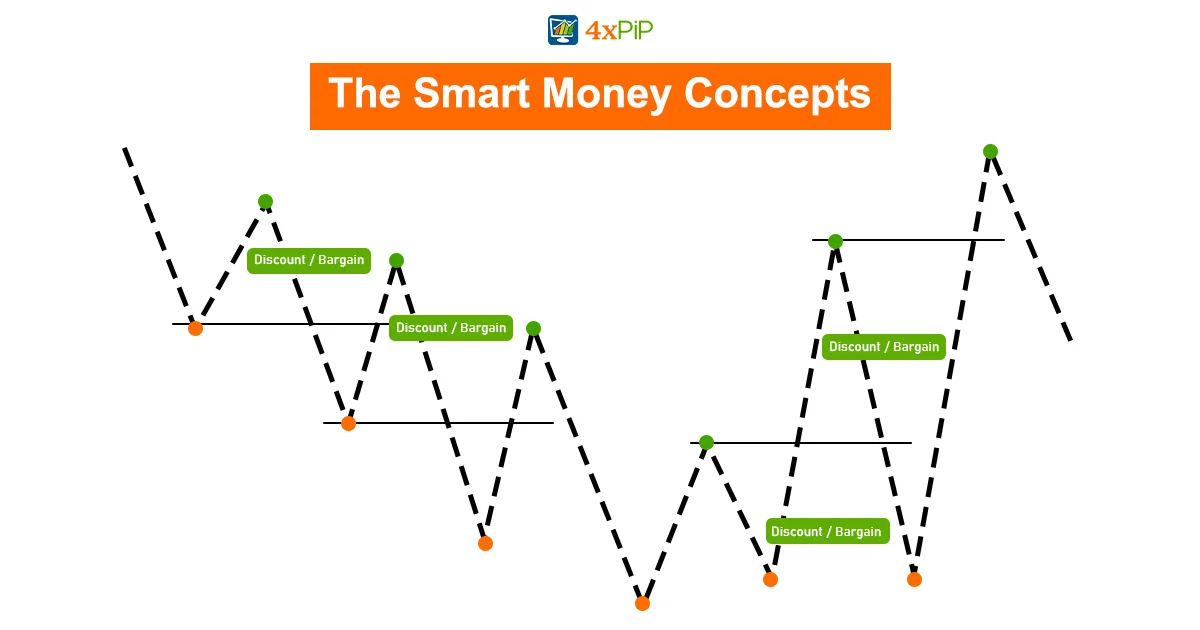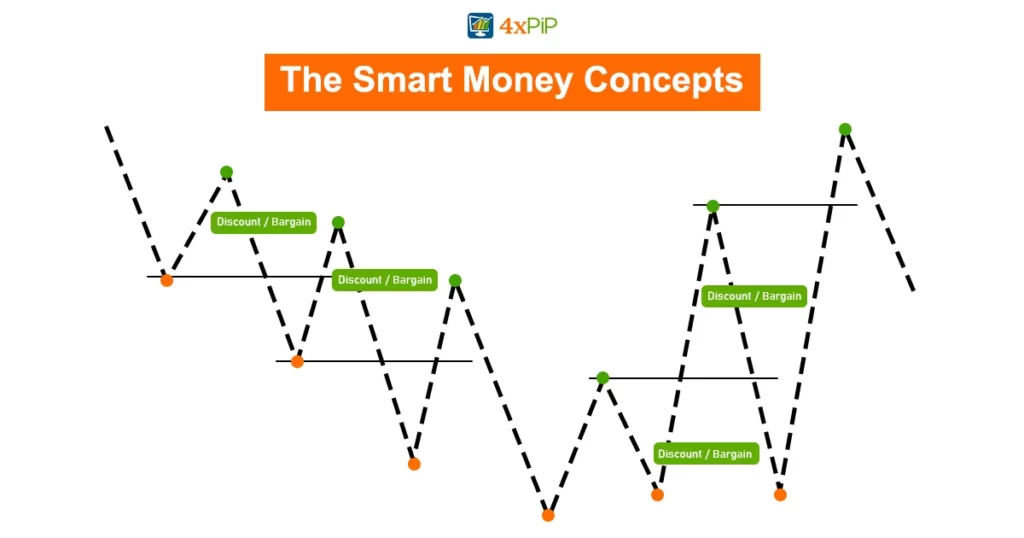Smart Money is basically about supply, demand, and how the market works. The “smart money” refers to market makers who leave clues about their trades on the chart, and smart money concept traders try to follow these clues. Regular traders often think the market is fair, but the Smart Money Concept (SMC) suggests otherwise. The idea is that big players like banks and hedge funds can manipulate the market against small traders. It might sound like a conspiracy, but it’s worth considering.
These big institutions aim to make profits or meet the needs of a country or a big company. They use their resources and market knowledge to their advantage, sometimes setting traps for small traders who may not be aware of these activities.
The SMC theory suggests that financial markets are mainly controlled by big players like financial institutions, hedge funds, and governments. They have a significant impact on price movements, and small traders need to be aware of their intentions to predict where the market is going.
Important Concepts of Smart Money Concept:
Smart Money Concept is not just a theory. It is a full trading method and it has its unique terminologies and concepts. Let us take a closer look at SMC concepts and trading techniques.
Order Blocks:
This is an important concept for understanding SMC. Order block refers to a market condition when the government, central banks, and large financial institutions gather or distribute large quantities of assets through several big orders. The main reason for doing this is so they will be able to purchase the asset without creating panic and high volatility in the market.
On a price chart, order blocks normally appear as a ranging market. However, to properly identify blocks in the market traders use additional tools, such as level 2 market data and volume indicators.
Break of Structure (BOS):
A break of structure also known as BOS is a concept that focus on identifying shifts in market trends. A break of structure is said to have taken place when the price sets a new high or a new low while breaking the previous ones.
Change of Character (Choch):
Change of Character, or Choch, happens when the market suddenly behaves differently. It’s a quick shift in how much prices are changing, how many trades are happening, or the overall price movement. This signals that the current trend might be weakening, and there could be a turnaround.
Liquidity:
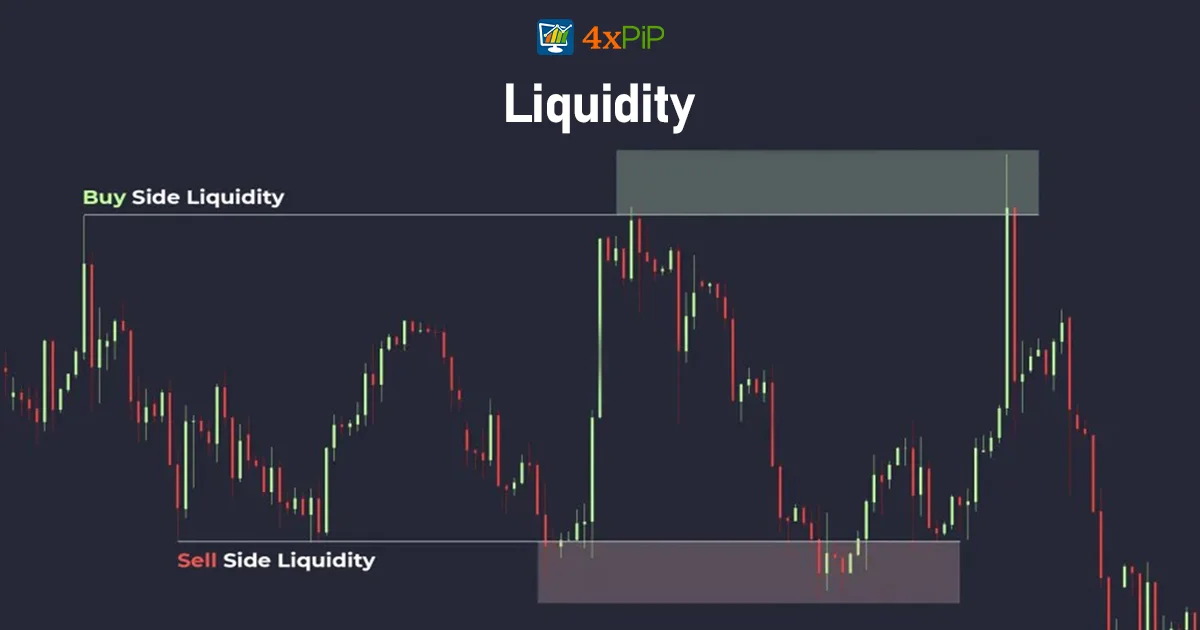
In SMC trading, liquidity is super important. It’s basically the price level where orders are hanging out, either ready to be bought or sold. There are various kinds of liquidity, like trendline, buy side, sell side, double tops, and double bottoms.
Breaker Blocks:
These are points on a trading chart where the price doesn’t stay in line with the trend. Market makers purposely go through support or resistance levels to activate stop-loss orders from regular traders. Breaker blocks show up on the chart as places where the price breaks past a specific level. According to the SMC theory, smart money usually puts in orders at these levels.
Fair Value Gaps (FVG):
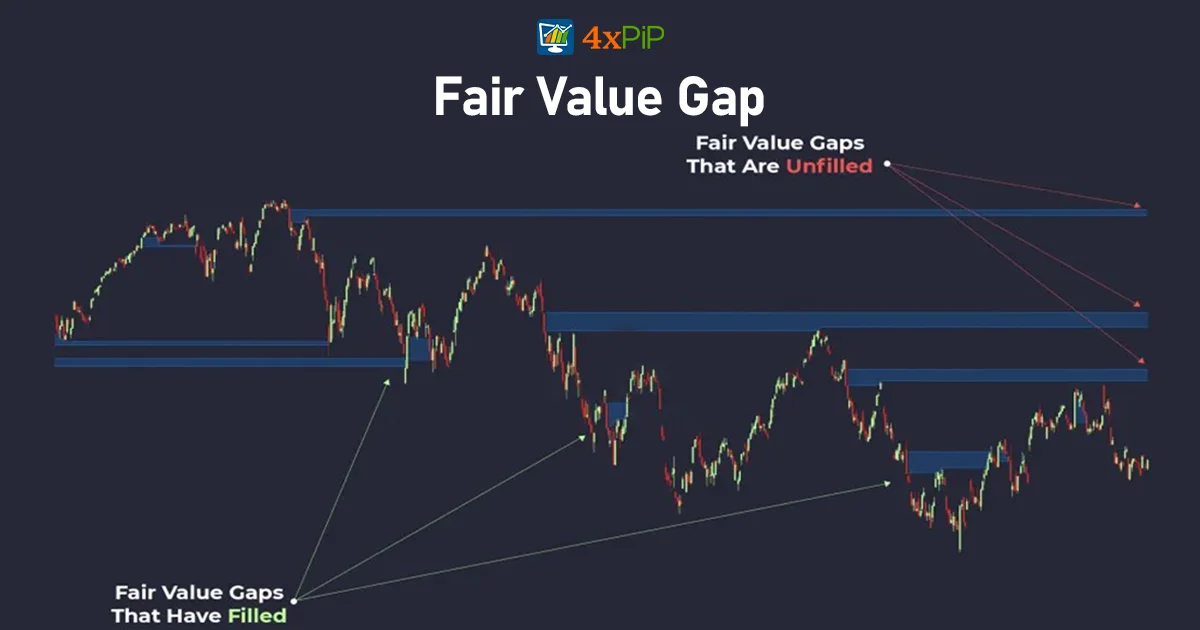
Fair value gaps, also known as FVGs, happen when the market rapidly moves from one price to another, creating gaps on price charts. SMC traders watch these gaps closely because they can show big changes in how the market feels.
Understanding Smart Money Concept Trading Strategy:
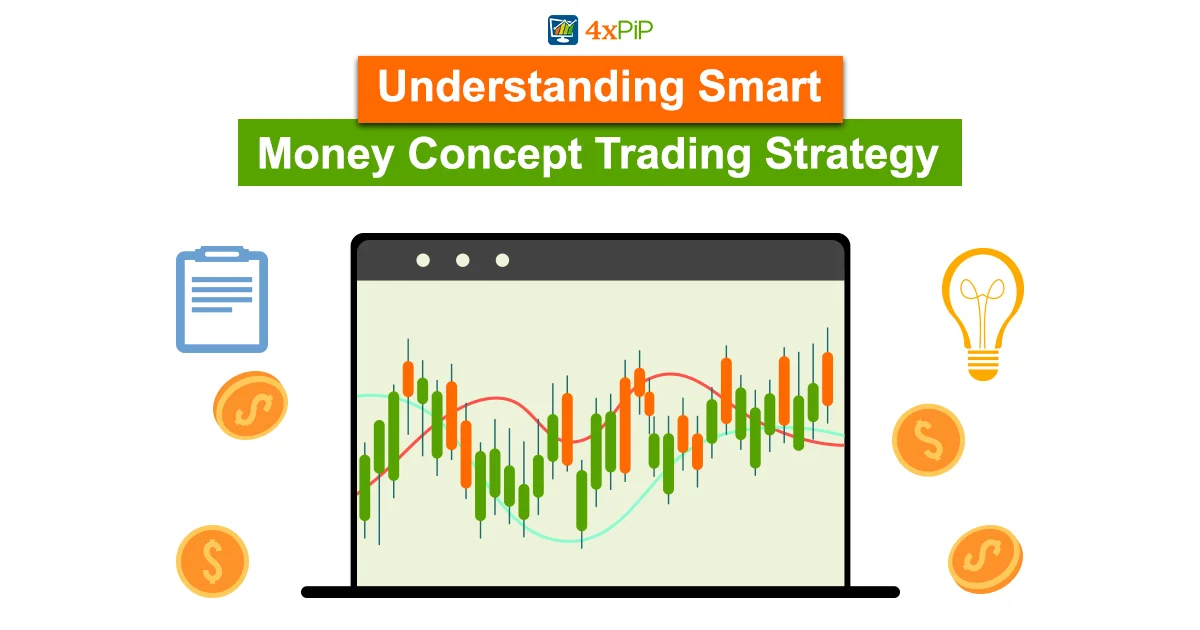
Smart Money Concept was originally just an idea, it became a practical strategy in the trading world. What makes SMC interesting is its special language. SMC traders talk about things like “liquidity grabs” and “mitigation blocks,” but at the core, it’s based on basic price action concepts. It’s like learning a new language, but the main ideas are more familiar than you might expect. Here are some key price action concepts that are used in SMC:
Supply and Demand:
In SMC, it’s all about supply and demand. SMC traders know how to find spots on price charts where lots of people are buying or selling. When prices get close to these spots, the prices can quickly go up or down because market makers are making their trades.
Price Patterns:
SMC traders use chart patterns to predict future price movements, such as breakouts, reversals, and consolidations. They analyze these patterns within the SMC framework, similar to traditional technical analysis.
Support and Resistance:
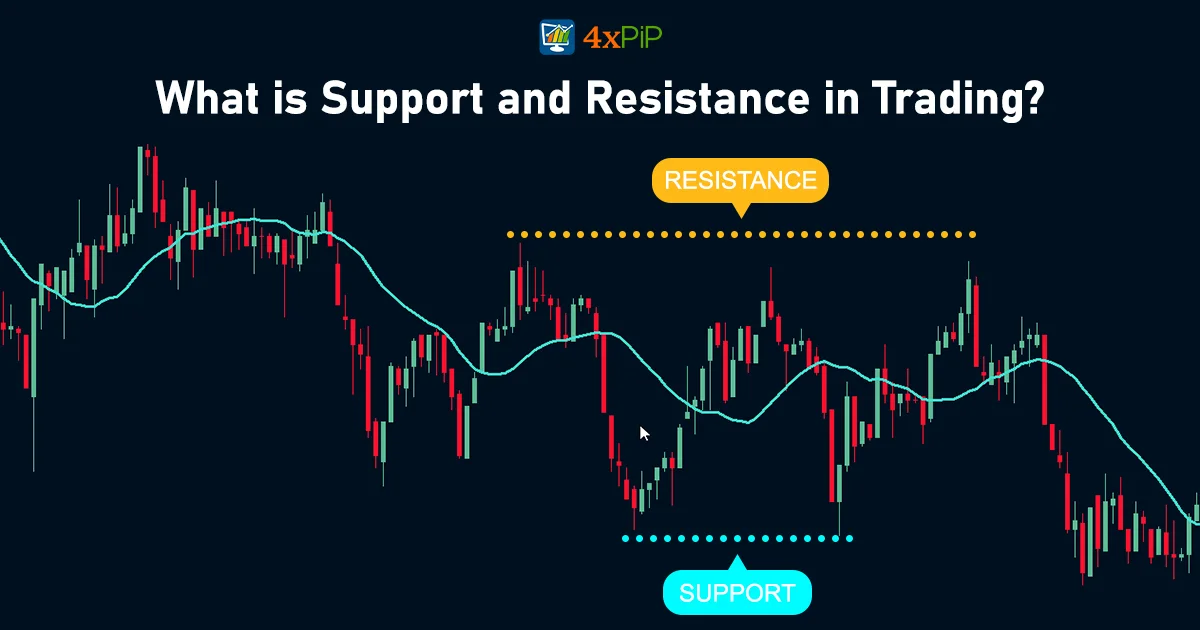
In SMC trading, traders pinpoint important zones where prices often stop or turn around, commonly known as “mitigation blocks” in SMC language. When prices hit these areas, SMC traders expect possible shifts in the market direction. Unlike some traders who use Fibonacci levels and supply and demand zones, SMC traders focus a lot on order block areas, break of structure, and Choch patterns.
Trading with Smart Money Concept Trading Strategy:
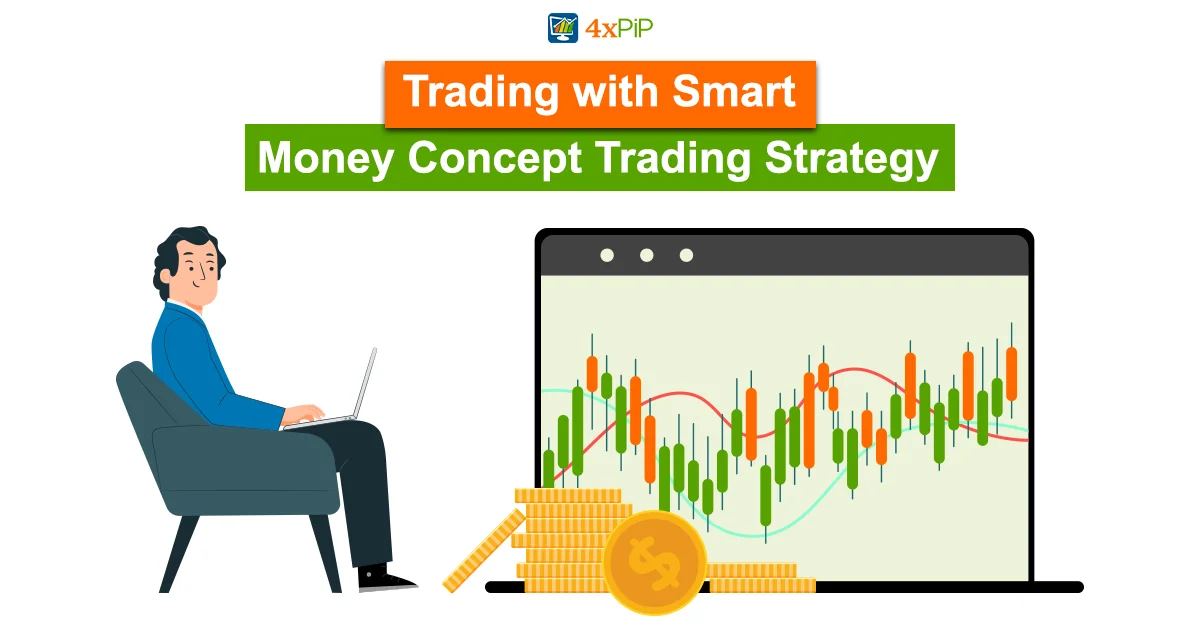
There are different ways to trade the smart money concept strategy. While some professional traders may be obsessed with a complicated approach, here’s a more straightforward but effective way to trade SMC:
Identify the Trend:
When you trade SMC, start by figuring out if the market is going up or down. Look at the chart and notice if prices are consistently going lower or higher.
If prices are going down, it’s a downtrend. Look for a pattern of lower highs and lower lows. If prices are going up, it’s an uptrend, with higher highs and higher lows. A change in trend is signaled by something called “change of character” (Choch).
Identify High Probability Order Block:
Once we figure out the market trend, our focus is on finding where big players are getting ready to make trades. This is where spotting the best order block becomes important.
A good order block usually happens when something significant changes in the market or when it breaks the usual market pattern. It should also have enough buying or selling happening around it or a fair value gap.
Determine Entry and Exit points:
First, find where the major players join the market. It’s easier to know when to enter or exit after spotting a good supply or demand area. In our example, we’ll enter slightly above the bullish order block, set our stop loss just below the zone, and aim for profit at the highest point.
Difference Between Smart Money Concept and Price Action:
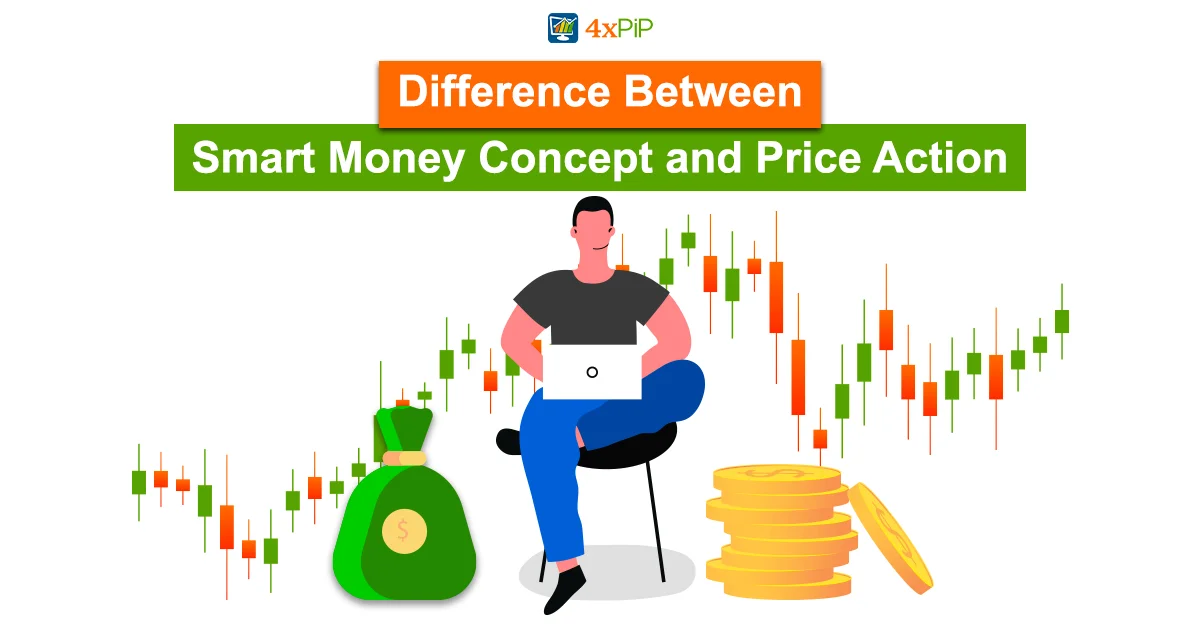
We found out that the smart money strategy relies on strong price movements. Smart money and price action trading are quite similar, and some people think they’re identical. But, there are still some differences:
Analysis of Market Movements:
There are two main ways people approach trading. Price Action traders mainly look at price charts to spot trends and patterns, caring less about why prices move. They use historical data to predict future prices.
On the flip side, SMC traders focus on understanding what drives prices. They want to know why market makers make certain moves and how supply and demand impact prices. Instead of just looking at charts, SMC traders try to follow where the smart money is going.
Approach to Market Analysis:
Price Action traders use charts and tools like candlestick patterns, indicators, and support/resistance levels to decide when to trade. They focus on how prices have moved in the past to spot potential trading opportunities.
On the other hand, SMC traders go beyond just looking at price patterns. They study order blocks and breaker blocks to figure out what big players in the market are planning. SMC traders are more interested in understanding why prices move the way they do, especially by keeping an eye on market makers’ activities.
Terminology:
Price Action trading is simple and easy for all traders to understand. It uses basic terms like doji, hammer, double top, and Non-Farm Payrolls, which are well-known in the trading community.
SMC has its own vocabulary with terms like “liquidity grabs” and “mitigation blocks,” which might be new for traders not familiar with the SMC strategy.
Summary:
In trading, the Smart Money Concept (SMC) is about figuring out what big players like banks and hedge funds are doing in the market. SMC traders look for things like order blocks, changes in how the market is behaving, and patterns in prices. They study supply and demand, price patterns, and support/resistance levels to make smart trades. This approach is different from the usual strategies based on just watching price movements.
FAQs
What is the Smart Money Concept (SMC) in trading?
SMC is a trading strategy centered on deciphering the actions of major market players like banks and hedge funds to anticipate market movements based on order blocks, breaks of structure, and changes of character.
How do SMC traders identify potential trading opportunities?
SMC traders analyze supply and demand dynamics, price patterns, and support/resistance levels to pinpoint areas where significant market players are likely to enter or exit positions.
What are some key concepts within the Smart Money Concept framework?
Key concepts include order blocks, breaks of structure (BOS), changes of character (Choch), and liquidity, all of which are crucial for understanding market dynamics and anticipating price movements.
How does SMC differ from traditional price action trading?
While both rely on price movements, SMC places greater emphasis on understanding the motivations behind market moves and the activities of major players, rather than solely relying on historical price data and chart patterns.
What role does liquidity play in SMC trading?
Liquidity levels indicate where significant buying or selling activity is concentrated, helping SMC traders identify potential entry and exit points and anticipate market movements.
Can beginners implement the Smart Money Concept strategy?
While SMC involves its own terminology and concepts, beginners can learn and apply the strategy with proper education and practice, starting with understanding fundamental principles such as order blocks and breaks of structure.
How can traders determine the trend when employing the SMC strategy?
Traders identify trends by observing whether prices are consistently making higher highs and higher lows (uptrend) or lower highs and lower lows (downtrend), with changes in trend signaled by changes of character (Choch).
What tools do SMC traders use to analyze the market?
SMC traders utilize tools such as level 2 market data, volume indicators, and price charts to analyze market movements and identify potential trading opportunities based on the behavior of major market players.
What are some common trading techniques within the Smart Money Concept framework?
Common techniques include identifying high-probability order blocks. Additionally, determining entry and exit points based on supply and demand areas is crucial. Moreover, closely monitoring changes in market structure and liquidity levels is essential for making informed decisions.
How important is understanding the vocabulary of SMC for traders?
Understanding the terminology specific to SMC, such as “liquidity grabs” and “mitigation blocks,” is essential for effective communication and implementation of the strategy, as it encapsulates the unique language and concepts inherent to SMC trading.

